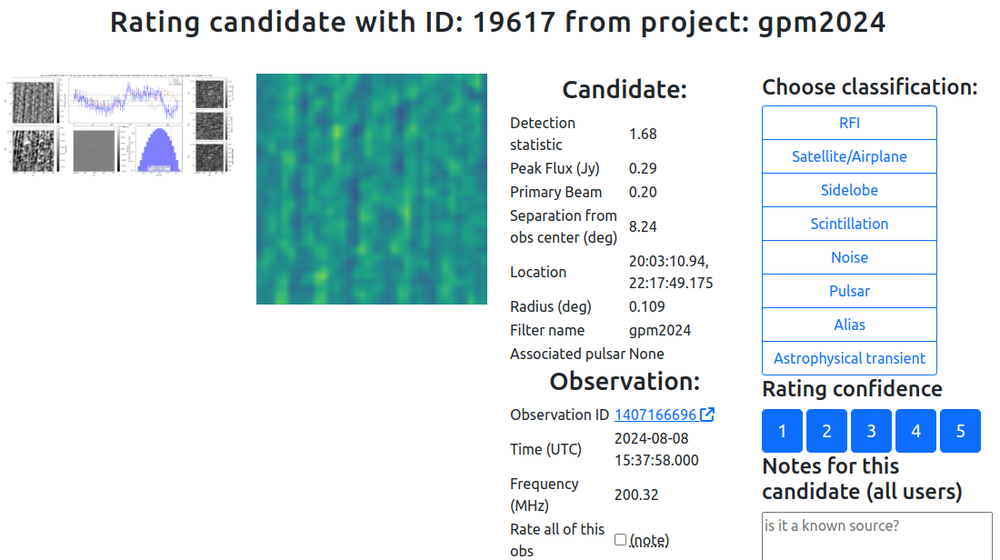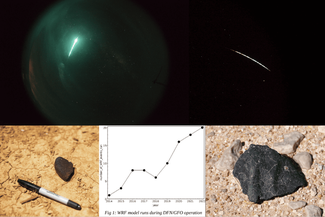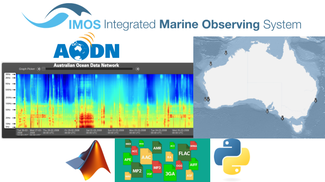
Following the detection of new types of radio transients in our Galaxy (Hurley-Walker et al. 2022, Nature), the Murchison Widefield Array has been used to search for new examples, both via archival searches and via bespoke monitoring campaigns. This produced tens of thousands of candidate transients which were ingested into a web-based classifier previously built by ADACS. This was incredibly useful and helped the science team to detect several exciting new transients (Hurley-Walker et al. 2023, Nature, Moseley et al. in prep, Horvath et al. in prep, Hurley-Walker et al. in prep). It also helped to uncover various data processing issues that resulted in false detections (which have now been fixed). While the current implementation is very useful, the science team needs to perform several important upgrades and bug fixes. This will enable support for multiple projects, so that it is possible to classify data from multiple large surveys or with different user bases, without the data becoming too large, confused, or conflicted. Exporting the data in metadata-rich FITS tables, or connecting to TopCat via SAMP, will also enable much more complete exploration of the candidates, while also efficiently using developer time (rather than writing a flexible UI from scratch).
ADACS worked with the science team to update the web app with all of the required features. Importantly, the code was refactored so that most of the 'hard coded' options that previously existed were now options that can be managed by the users via an admin interface without needing to change the backed code or database.

Check out some of our other projects.

ADACS automated weather modeling with Nextflow for the DFN (Desert Fireball Network) team, improving efficiency and enabling parallel processing of meteorite fall data.

ADACS improved the performance of the PHANTOM SPH code by improving its MPI communication patterns and optimising memory reallocation. Additionally, these upgrades prepare the code for future optimisations.

Converting a matlab script into a python library, so that IMOS researchers can provide their acoustic data in a more widely accessible data format.